TUSCALOOSA, Ala. — The University of Alabama’s Water Research-to-Operations National Science Foundation Research Traineeship, or Water-R2O NRT, program is preparing to welcome its third cohort of graduate students this August, continuing its mission to transform water prediction science into practical applications.
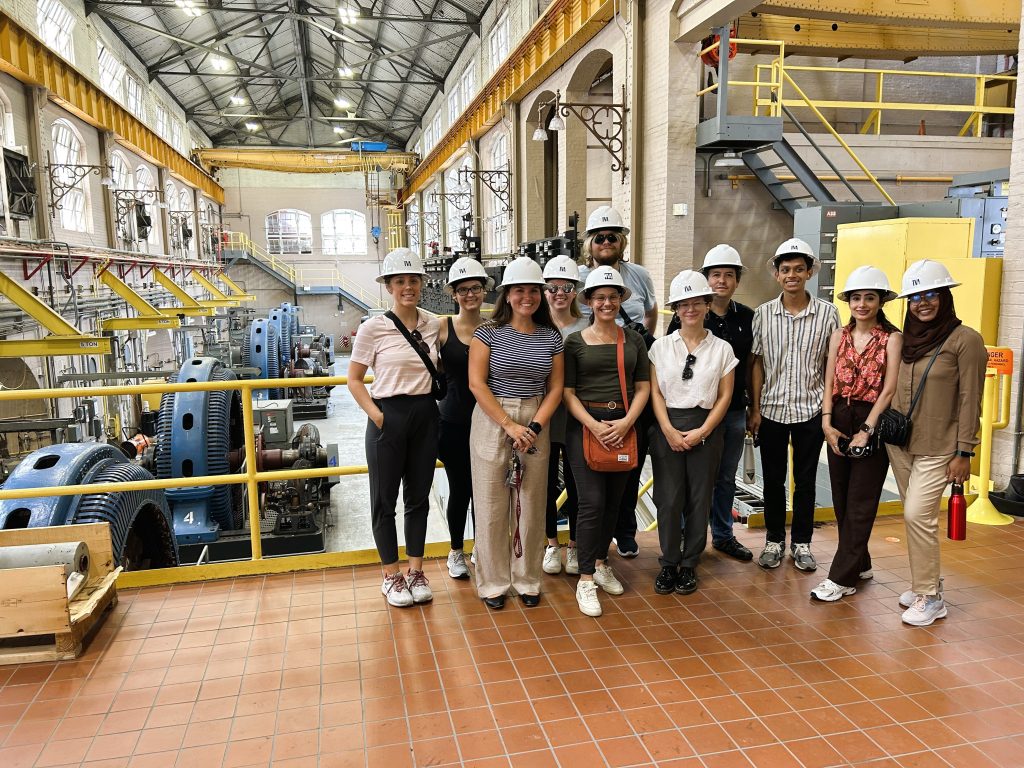
The project, implemented by the Alabama Water Institute and Cooperative Institute for Research to Operations in Hydrology, funded by the NSF, combines intensive training in hydrology, artificial intelligence and decision science to address growing water challenges in a changing climate.
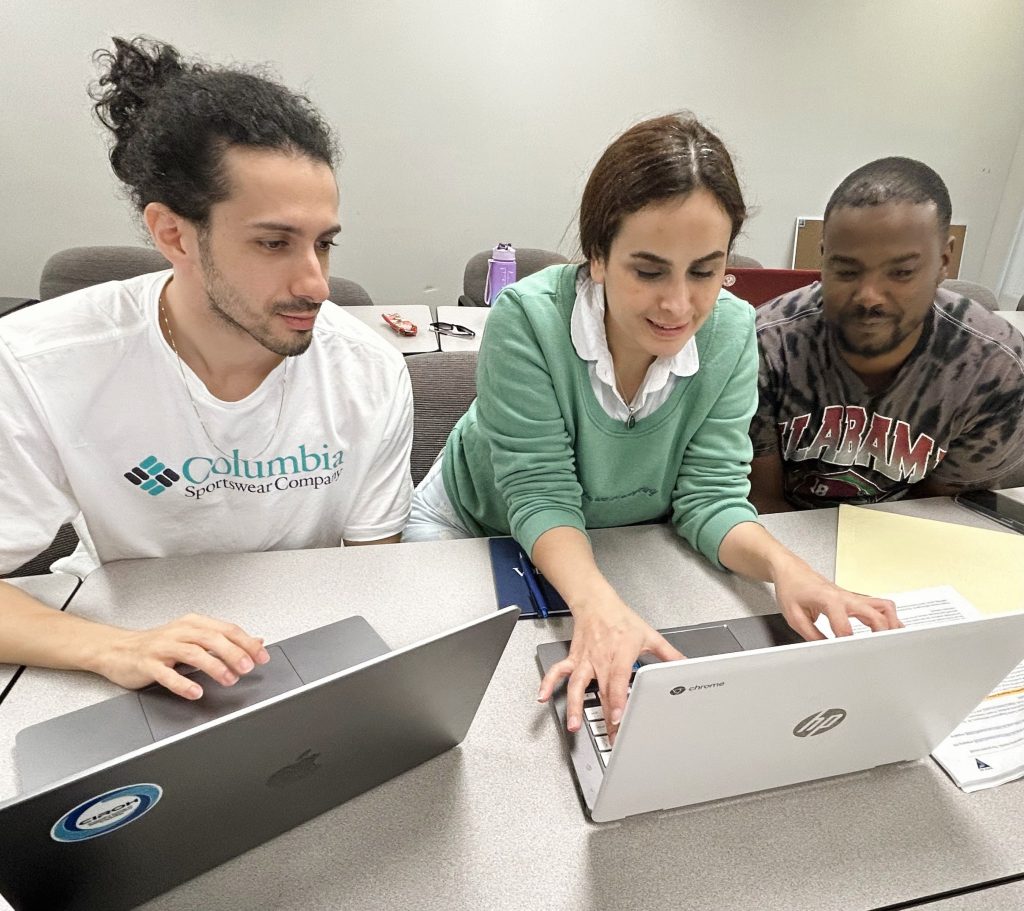
“One of the great things about our program is that it is interdisciplinary,” said Dr. Hannah Holcomb, Water-R2O program coordinator and AWI research education program manager. “Primarily our students are in the civil engineering, environmental engineering, geography and computer science departments, but this year we’ve also had students join us from the electrical engineering and biology departments. The students get to interact and participate in a capstone team project that they start at the beginning of September, work on together all fall and spring and present at the end of April.”
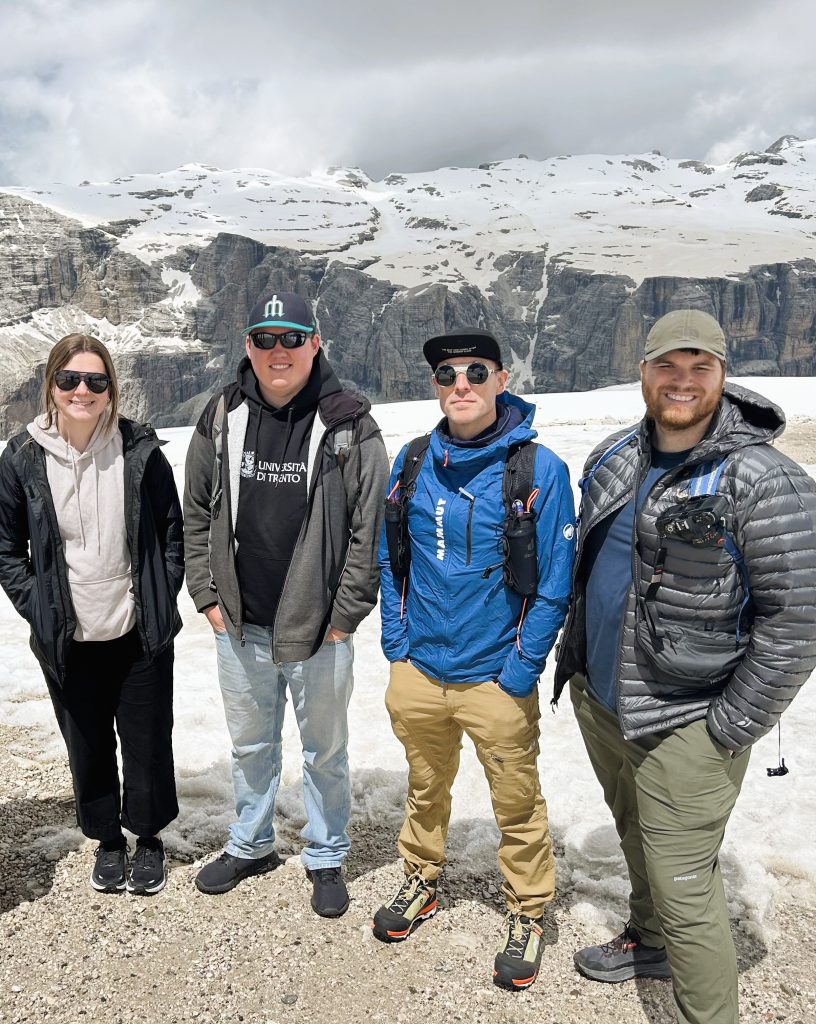
Unlike traditional academic programs, Water-R2O immerses students in stakeholder-driven challenges from day one. Participants engage with water management professionals through study tours, seminars and international experiences while developing cutting-edge skills in machine learning applied to hydrologic prediction.
The program prepares graduates to tackle complex water issues like increasing climate variability and uncertainty in water availability—knowledge increasingly crucial for communities nationwide facing drought, flooding and water quality challenges.
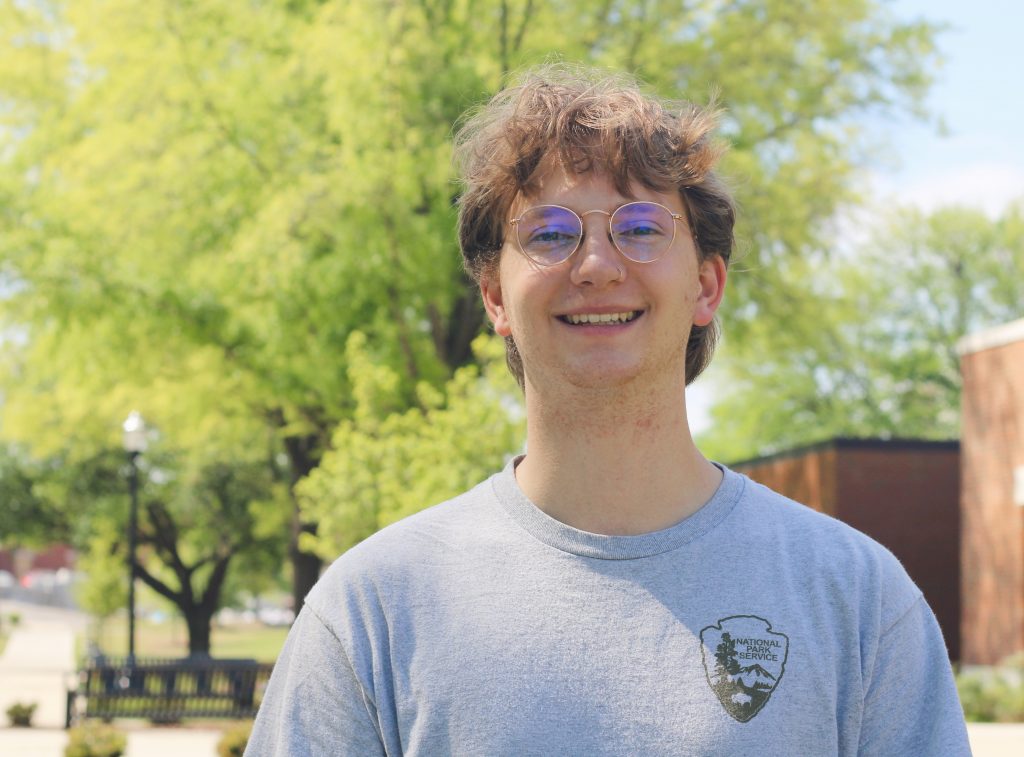
Kane Thurman, an incoming student in the 2025 cohort and soon-to-be graduate of UA’s environmental engineering program, brings a personal connection to water science. Growing up near Houston, he experienced what he describes as a “love-hate relationship with water” due to recurring drought conditions and powerful hurricane impacts.
“I’m excited for the machine learning and data-driven aspect of this program,” Thurman said. “We can make better decisions and design for storms of the future, not just what we think they’ll be based on past data.”
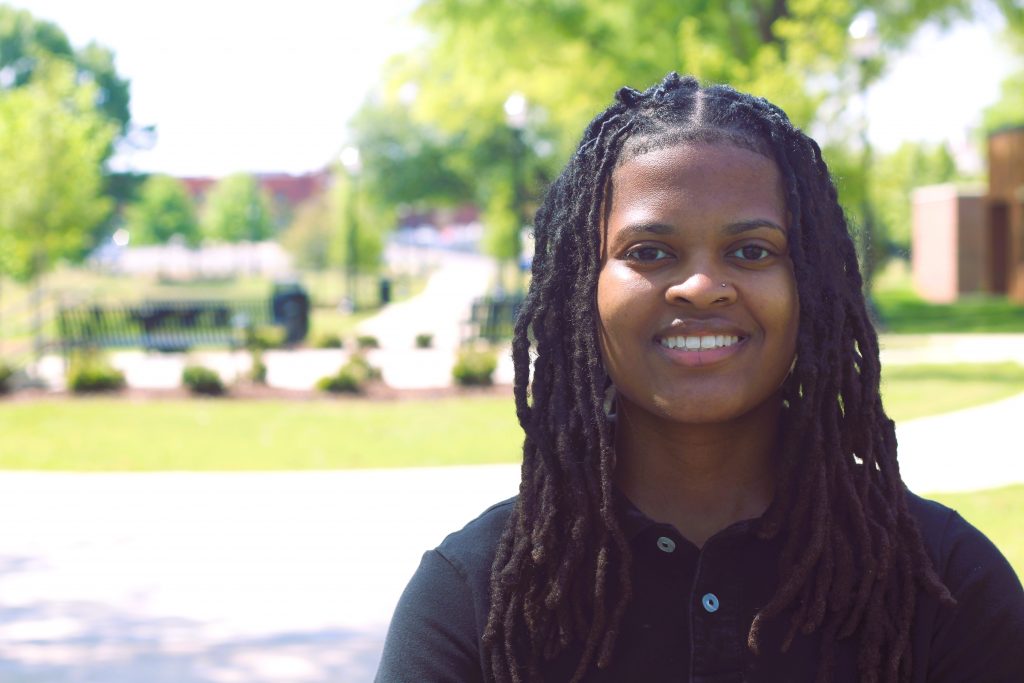
Fellow incoming student AJ Wood found her passion for water science through hands-on experience at NOAA’s National Water Center, where she interned for over a year.
“Being there just gave me the motivation to continue into the water sciences field,” Wood said. “I was having a conversation with my advisor about where I wanted to see my career, and she brought up this opportunity to me. It resonated with my personal and professional goals.”
Wood is particularly enthusiastic about the program’s focus on emerging technologies and their potential impact on underserved communities.
“This program’s initiative focusing on AI and machine learning is imperative to bridge that gap from theoretical knowledge to operations,” she explained. “I think those tools are going to revolutionize the space of water science for not only making our systems more efficient but more responsive to communities, especially underserved communities in the Black Belt of Alabama.”
For Wood, the Water-R2O program represents a pathway to meaningful change in water resource management. Upon graduation, she plans to enter the water sciences field to improve prediction and management systems “for all the communities out there.”

Current participants in the program highlight the program’s transformative nature. Delanie Williams, an environmental engineering student, will be completing the program at the end of the summer.
“What exceeded my expectations was that I was not expecting to do as much coding as we did,” Williams said. “I came into this program without having a lot of computer knowledge. I’m really proud looking back at how many different coding skills I have developed.”
For Williams, the journey into water science began with personal experience. Growing up in flood-prone Cedar Rapids, Iowa, she witnessed firsthand the impact of water emergencies.
“I originally became interested in water when I was a kid because my town flooded a lot,” she explained. “In 2008 we had a record-breaking flood. I was seven at the time, and I remember watching my family wade into floodwaters. I don’t want people to have to watch their family members take unnecessary risks.”

Her colleague Brodie Alexander offered practical advice for newcomers to the program.
“The biggest way to be successful in the NRT program from my perspective is don’t wait for your advisor to come to you,” Alexander advised. “Be the one that takes the first step and be the one that your group can rely on to take the initiative to lead your own project. As much as you can be the driving force, do it.”
Alexander’s emphasis on self-direction reflects the program’s focus on developing not just technical skills but also the leadership capabilities needed in the water science field. His advice underscores how Water-R2O prepares students to navigate the complex collaborative environments they’ll encounter in their professional careers.
This guidance from a graduating student provides valuable perspective for incoming cohort members like Thurman and Wood, highlighting the importance of proactive engagement in maximizing the program’s benefits.

The program’s goal is to develop professionals who can translate research into actionable water management strategies—skills increasingly valued across government agencies, water utilities, consulting firms and research institutions.
Students beginning in August will choose from a variety of specialized tracks that align with different aspects of water science and operations, with details to be announced later this summer. Students interested in the Water-R2O NRT program can learn more by visiting the website.